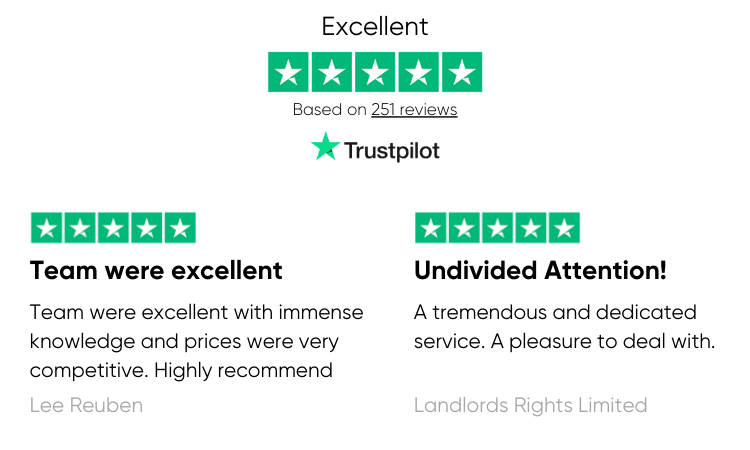The term Unified Communications (UC) has become something of a buzzword. Like “green” and “sustainable”, “forward-thinking” and “progressive”, before it. Subsequently, many people think of “unified communications” in the same way; more of a cool concept than a tangible mode of improving businesses and services.
However, it remains a path for businesses to progress, nonetheless. As reported by Forbes, ‘mastering’ unified communications gives any business an edge over the others that do not. Therefore, the simplest way to pluck it from the ether and lay it out as a realistic option for your own business is to explain how it works.
The essentials
UC is a term that describes the merging of communication services – and we’ll come to the specific services shortly – into one entity. This means that business owners or communications departments will be dealing with a single platform, as opposed to multiple communication formats and business applications, via one, more manageable channel.
Think about your typical modern smartphone. This allows you access to email, phone calls, video conferencing, text and other unified messaging platforms on a single device. For a sole trader, this works as their unified communications platform. However, the moment that business expands, even with just one more employee, two smartphones equates to multiple unified communications devices working independently.
Essentially, this immediately means ‘un-unified, unified communications’, as there is no longer a single platform or interface. Now, think about how many desktop telephones, mobile smartphones and tablets, and computers or laptops there are in your business.
Then, imagine every method of communication being sent over a single channel, and having real time access to all of this data as you develop your business and marketing strategies. This is how unified communications systems work so effectively for business.
This article is taken from our upcoming white paper ‘Beginners guide to unified communications’. If you would like a copy or would like to discuss your unified communications requirements, please contact us.





